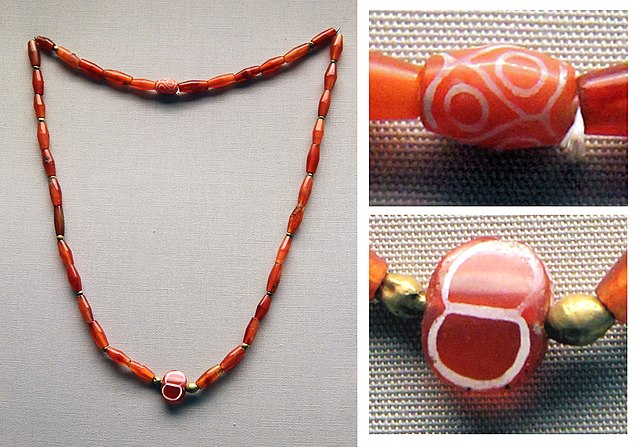The etching revival was the re-emergence and invigoration of etching as an original form of printmaking during the period approximately from 1850 to 1930. The main centres were France, Britain and the United States, but other countries, such as the Netherlands, also participated. A strong collector's market developed, with the most sought-after artists achieving very high prices. This came to an abrupt end after the 1929 Wall Street crash wrecked what had become a very strong market among collectors, at a time when the typical style of the movement, still based on 19th-century developments, was becoming outdated.
David Young Cameron, Horse Guards, St James's Park, signed and inscribed "Trial Proof – unfinished"
Charles-François Daubigny, Moving into the Boat, 1861
Charles Meryon, Abside de Notre Dame, 1854, fourth state of nine.
William Strang, 1882, Potato Lifting, published in The Portfolio.
Etching is traditionally the process of using strong acid or mordant to cut into the unprotected parts of a metal surface to create a design in intaglio (incised) in the metal. In modern manufacturing, other chemicals may be used on other types of material. As a method of printmaking, it is, along with engraving, the most important technique for old master prints, and remains in wide use today. In a number of modern variants such as microfabrication etching and photochemical milling, it is a crucial technique in modern technology, including circuit boards.
The Soldier and his Wife. Etching by Daniel Hopfer, who is believed to have been the first to apply the technique to printmaking.
The etched carnelian beads in this necklace from the Royal Cemetery of Ur dating to the First Dynasty of Ur (2600-2500 BCE) were probably imported from the Indus Valley.
Self-portrait etched by Wenceslaus Hollar
Selection of early etched printing plates from the British Museum








